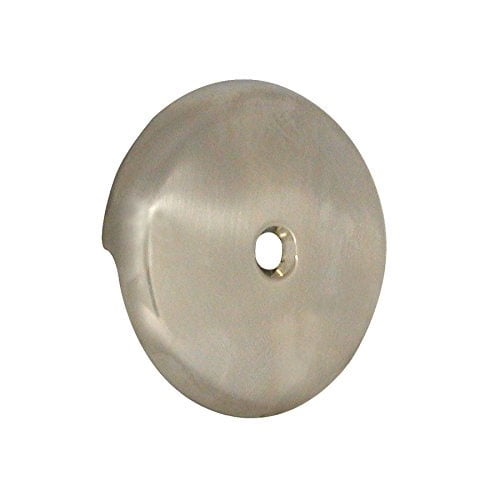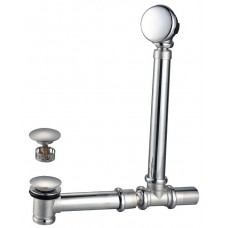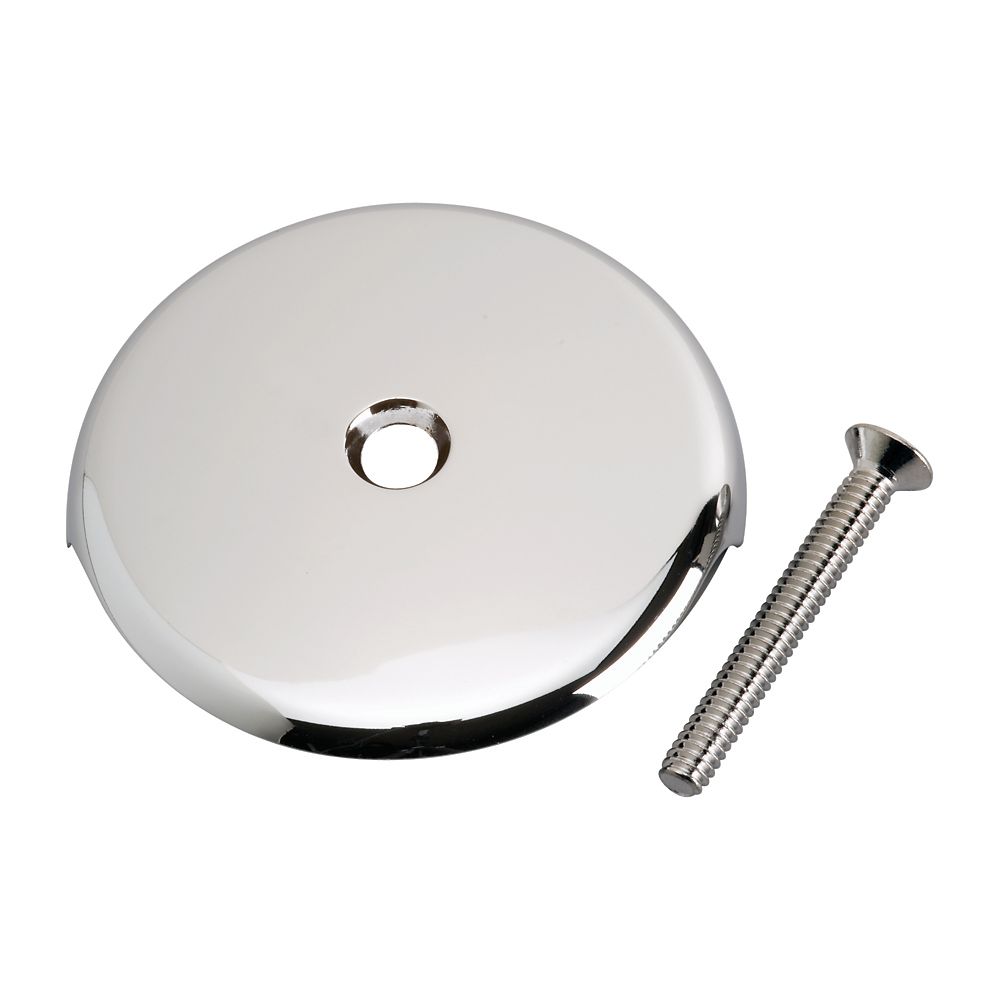

Installing an overflow drain is also a bit more involved than installing a standard drain. If your bathtub is a shower/bathtub combo or if your bathtub is a smaller model, then having an overflow drain isn’t necessary. Photo Source Does a bathtub need to have an overflow drain?ĭepending on the style of bathtub and its use, having an overflow drain is not always necessary. This leads to the bottom of the drain, which contains a separate cover that is sealed by a gasket and a stopper. The washer seals the top of the overflow. Overflow drain diagramĪn overflow drain consists of an overflow cover which protects the top of the overflow and usually contains the switch that engages and disengages the trap. The trap locks and unlocks the drain, allowing water to flow in and out. Here is how an overflow drain works:Ģ.If the main drain is plugged or sealed by a mechanical stopper, water will begin to build up.ģ.When the main drain fills, water will begin to reach the overflow stopper instead, allowing it to drainĤ.As long as there is decent pipe flow, your overflow will prevent water from building beyond a certain point, preventing your bathtub from overflowing.ĥ.The overflow drain contains two parts-an overflow drain and a trap. Parts of a overflow drain:Īn overflow drain may seem complicated at first, but the actual mechanics are fairly straightforward. This style is popular for those that don’t want to deal with exposed piping as the overflow channel is built in the tub’s inner wall. An opening is cut along the interior of the bathtub and the excess water is then diverted between the walls of the tub drain. Whereas the traditional overflow is made with an exterior pipe and drain system, an integral overflow is similar to a sink overflow. IntegralĪn Integral overflow is designed a little differently than the traditional style.

This style is perhaps the most common in older homes and requires some flexibility in cutting and installing the pipe system.


TraditionalĪ traditional overflow consists of a hole cut into the tub to accommodate a drain that installs on the inside and outside walls which collect excess water and sends it down a tub drain to a P-trap. Which one you have in your home will largely depend on the age of your house or bathtub. With overflow drains, there are two primary types available: Traditional and Integral. Beyond just creature comfort, it also ensures that water won’t spill out and flood your bathroom if the faucet is left running. This is important if you don’t want to wait by your bathtub while it slowly fills with water for your bath. Once the water level rises enough to touch the overflow drain, the trap unlocks and allows water to run through the overflow drain instead of the main drain.As stated previously, an overflow drain helps to ensure that your bathtub does not overflow if you leave the faucet on.When the main drain is closed with a stopper, the water level starts to rise. Upon starting the faucet, water flows through the primary drain at the bottom of the tub.Integral overflow drains are built inside the tub’s inner wall so it does not stay exposed.Īccording to Badeloft, whether it is a traditional overflow drain or an integral one, it should have two parts: a trap and an overflow drain. If your home is a bit on the older side, chances are you have a conventional overflow drain in your bathtub. The most common types are a traditional overflow and the integral overflow. There are multiple types of overflow drains used in tubs, and each works in a different way. Here is the list of the best bathtub drain stoppers ( link to Amazon) How Does A Bathtub Overflow Drain Work? This is why it is recommended that you do not get your overflow drain permanently sealed off. Kids, tubs, and no safety precautions make the worst combination ever. If you have toddlers or kids around the house, permanently covering the overflow drain can cause quite a problem. Without an overflow drain, your house will be flooded within minutes.Īnother reason your bathtub has an overflow drain is due to safety issues. Forgetting to turn the faucet off is a very common scenario if you have a busy life. When placed in the right area, a bathtub overflow drain can actually help you from ruining your floor, your carpets, etc. Overflow drains are used to stop water from getting on the floor. But, just like almost everything else in your house, this too has a purpose.
#Big bathtub overflow plate how to
See also How To Build A Frame For A Drop In Bathtub? Read this First! Why Do Bathtubs Have An Overflow Drain?īathtub overflow drains are not a very pleasant thing to have when all you wanted to do was take a relaxing shower after a very hectic day.


 0 kommentar(er)
0 kommentar(er)
